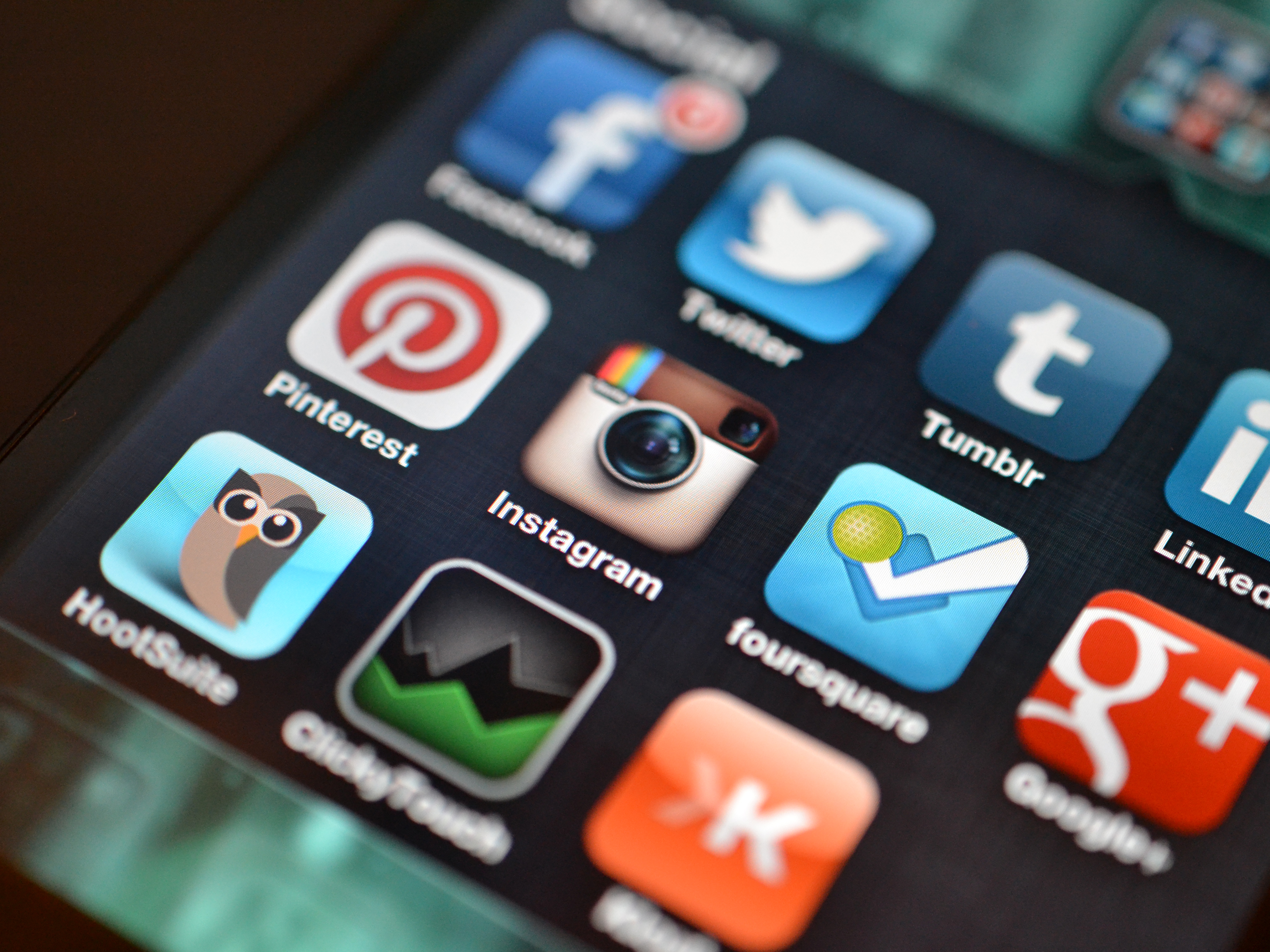Chapter 9-
Expressing Creativity with Multimedia Technologies
Focus Question-
How can teachers create PowerPoint presentations for maximum teaching potential
and learning impact?
I’ve never
second guessed myself in creating a PowerPoint presentation until recently when
I was asked to create a Pecha Kucha PowerPoint presentation. It was supposed to
be a simple presentation, but it required quite a bit of photo research and
Flickr was said to be the place to get those. I ensured that all my selections were creative commons licensed. but that I know that I did not present to the best of my ability. What then was the trouble? Was it that I had become complacent in my old ways and found it difficult to adapt to this new version of PowerPoint technology?
We know a
PowerPoint presentation to be a computerized presentation using slides for
visual information displays. Mostly, we try to use colorful graphics and print,
sometimes even pop-ups, videos, and other attention grabbing tools to attract
our audiences. Why? A PowerPoint gives visual dimension to our class
presentations; it allows for text to be combined with pictures, charts, and
images in entertaining ways and it is easy to use. Are we using it effectively? In order to get the maximum
teaching potential and learning impact from this multimedia presentation
software package, teachers need to aim at successfully weaving interactive,
engaging approaches into the fabric of their presentations. While PowerPoint presentations
should be equipped with substantive academic content that is appropriate to the
needs of the students, effective teachers need to ensure that their
presentations are engaging and involves the audience as best as possible. Edward
R. Tufte makes a good point in his argument that PowerPoint is “presenter-oriented”
and “not content-oriented, not audience-oriented because we are sometimes
guilty.
I was
recently reminded that if PowerPoint is too wordy, it is not
effective; I have been guilty of presenting a few “wordy” PowerPoints in my time.
Lets not seek to read PowerPoints to the audience, they more often than not,
able to read for themselves. Require reading only when it is required of the
audience, your students, for a subject area such as Reading or Language Arts. You
always want to reap maximum results from this technology, otherwise, it is
ineffective and boring.
Tech
Tool link: PBS Learning Media
The beauty of using a PowerPoint is that you are
able to add links to videos and music. These enhance the learning process.
Take for instance, PBS Learning Media; We are well familiar with PBS programs. They offer learning material in visually engaging ways and, they provide websites
where resources such as lesson plans, interactive activities
and other features can be accessed in order to aid in enhancing video viewing in the classroom. These videos can be embedded into any PowerPoint and add additional variety to the presentation experience.
Summary
& Connection
The use of PowerPoints can be an engaging and productive experience for both teacher and students; however, to be effective, teachers should plan and use images that will stimulate thought in students, thereby promoting visual analysis and discussion. The key is to develop PowerPoints that involve learning games, display questions or brief comments and are “student-oriented”. Finally, when preparing a PowerPoint, remember that a picture is worth a thousand words.
Resources :
Maloy, R. W., Verock-O, R. E., Edwards, S. A., & Woolf, B. P. (2010).Transforming learning with new technologies. Allyn & Bacon.
Maloy, R. W., Verock-O, R. E., Edwards, S. A., & Woolf, B. P. (2010).Transforming learning with new technologies. Allyn & Bacon.
Tufte, E. R.
(2006). The Cognitive style of
PowerPoint: Pitching out corrupts within (2nd ed.). Cheshire,
CT: Graphics Press
